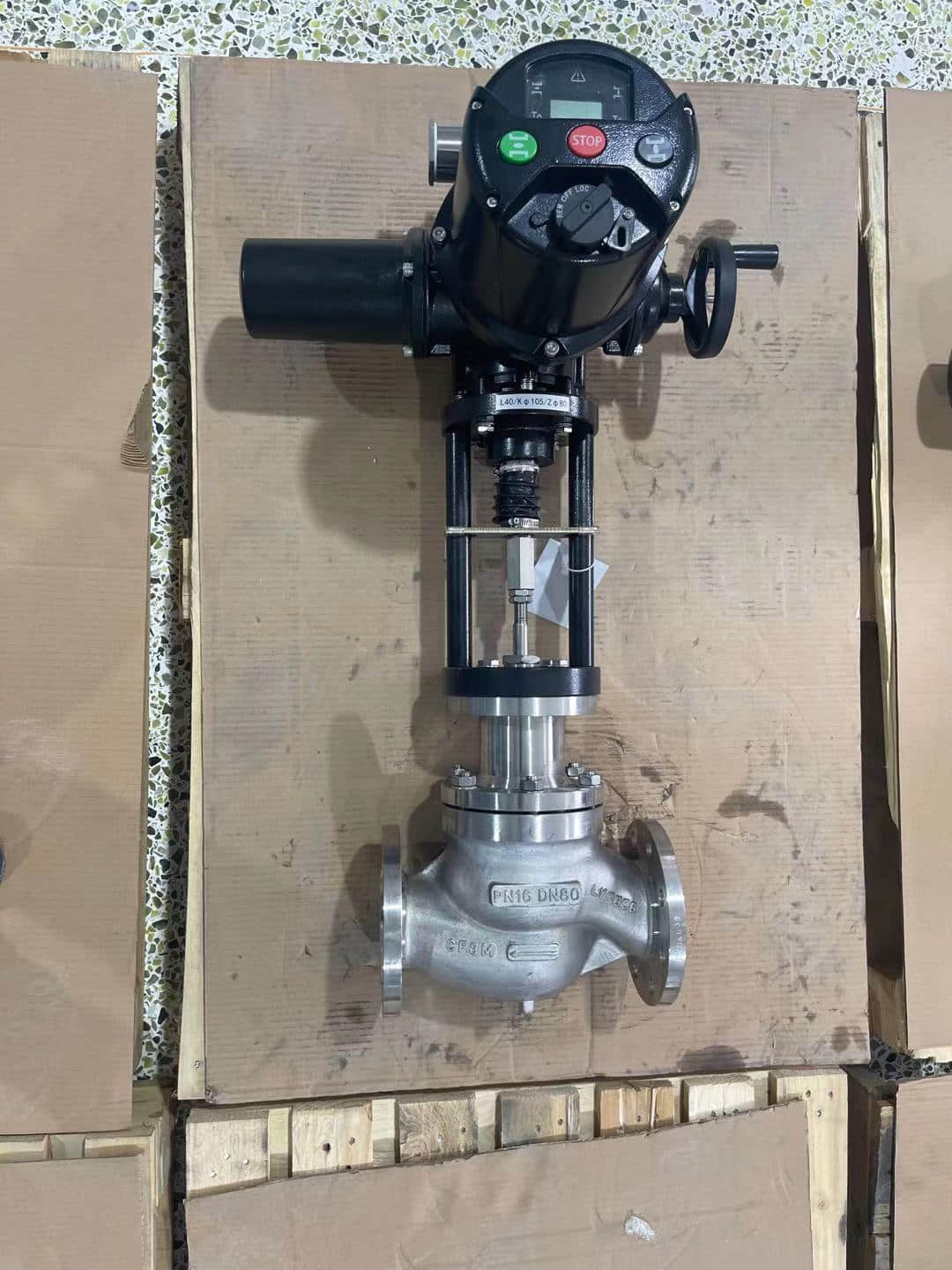understanding the electric two-seat regulating valve: functionality and applications
Release time:2024-12-09 21:57:25
The electric two-seat regulating valve is a critical component in various industrial applications, playing a pivotal role in controlling the flow of fluids. This valve type is designed to regulate the flow rate and pressure of fluids in a system, ensuring optimal performance and efficiency. Its unique construction and electric actuation mechanism make it suitable for a wide range of applications, from HVAC systems to process industries.

Design and Structure The electric two-seat regulating valve consists of two seats and a valve body, typically made from durable materials like stainless steel or brass. The two-seat design allows for precise flow control and minimizes the chances of leakage, which is crucial in applications where maintaining fluid integrity is essential. The valve operates through a linear motion mechanism, where the valve plug moves up and down within the valve body, either opening or closing the passage for fluid flow.
The electric actuator is the valve's heart, enabling remote control and automation. This actuator converts electrical signals into mechanical motion, allowing for real-time adjustments based on system demands. By integrating with various control systems, such as Programmable Logic Controllers (PLCs) or Distributed Control Systems (DCS), the electric two-seat regulating valve can respond dynamically to changing process conditions.

